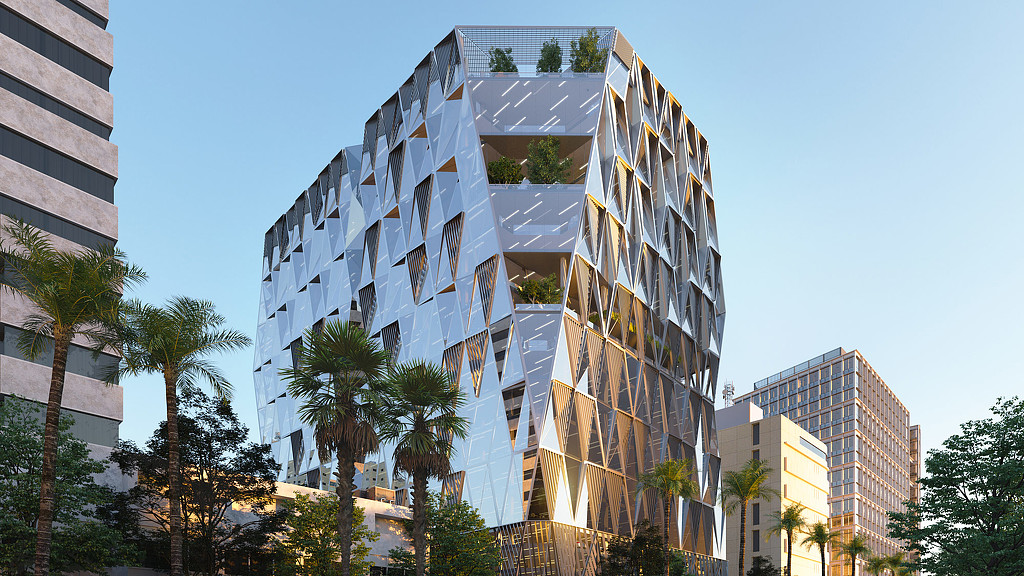Could Low-Tech Design Prevent Climate Change-Influenced Pandemics?
April 21, 2020 | By Anthony Brower
Editor’s Note: This post is part of Gensler’s Impact by Design 2020 report and our ongoing exploration of how design is responding to the COVID-19 pandemic.
COVID-19 has turned our world upside down. Life as we know it has changed, perhaps for good. Meanwhile, the focus for many is health and wellbeing, as well as a sense that we are part of a global community that is in this crisis together. Indeed, many are asking how we can achieve a new type of global wellness – one that goes hand-in-hand with the fight to slow climate change.
We’ve known for a while that climate can play a role in the spread of viruses. How should we think about the coronavirus pandemic in the context of climate change? Is there anything we can do differently in the built environment to fight these two urgent problems?
A Pandemic Season?When temperatures drop in colder months (i.e., “cold-and-flu season”), there’s a corresponding drop in humidity levels. Less humidity means quicker evaporation of the droplets that escape when we breathe, cough, or sneeze. That allows any stowaway viruses on those droplets to linger in the breathing zone. This understanding of viral transmission is critical to raising awareness of the role the climate crisis may play in future pandemics — and awareness of how the built environment can curb both global warming and the spread of viruses like COVID-19.
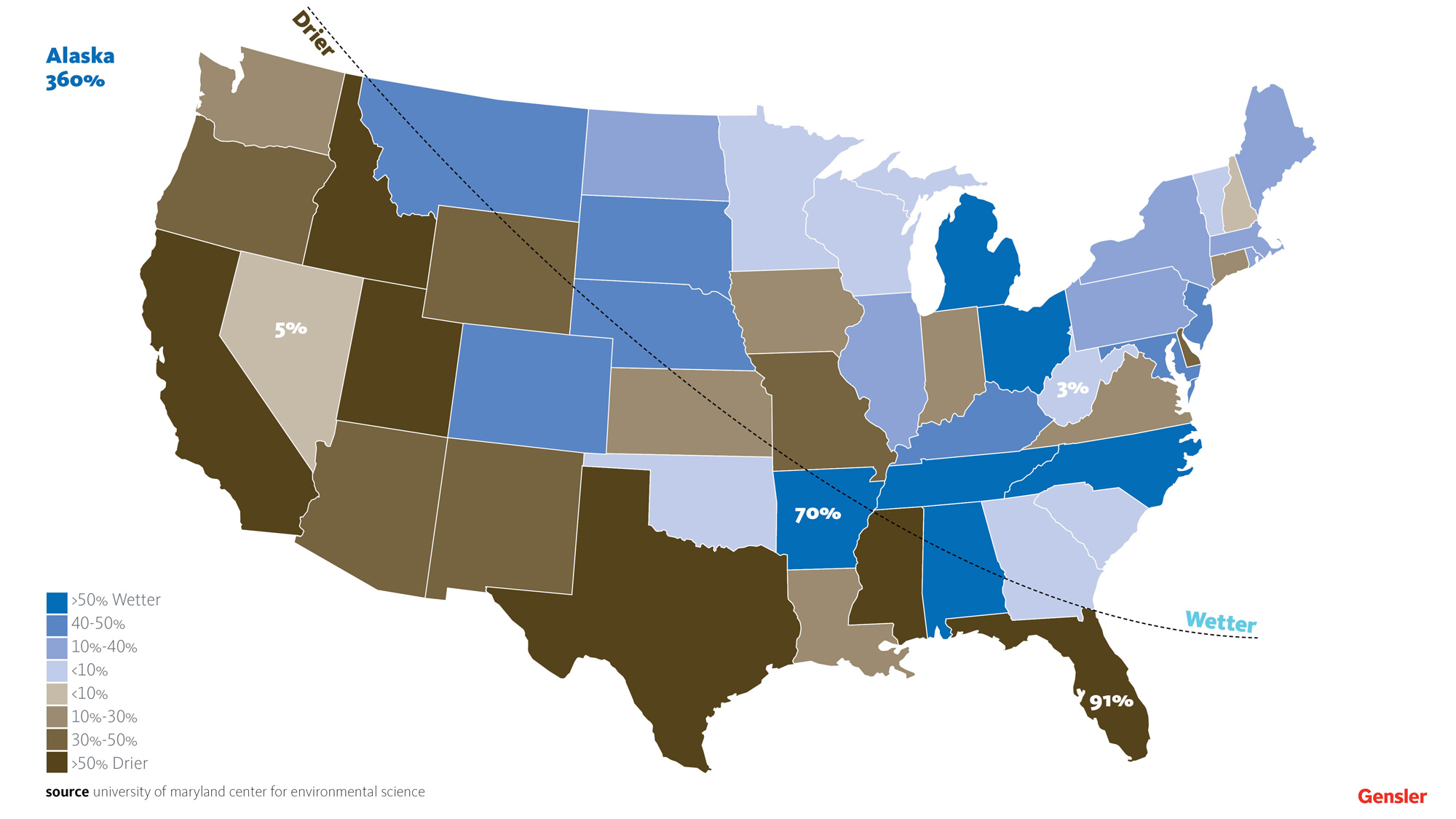
At first glance, a warming earth would seem to slow the spread of some types of airborne diseases. However, the picture is actually much more complicated. Climate scientists are projecting that business as usual, with regard to greenhouse gas emissions, will likely result in up to three to five degrees Celsius of warming by the end of the century, far above the 1.5 degree Celsius threshold identified by the Intergovernmental Panel on Climate Change (IPCC).
Changes to humidity, however, which stand as a key factor in the spread of many airborne diseases, will not be so uniform. The United States will see a bifurcated impact, leaving the southwest in a drier state than it is already. Projections show that states like California, Texas and Florida could be as much as 90% drier than current conditions, creating environments where many airborne diseases could flourish.
On the other hand, warming on its own is a consistent trend, and when viewed globally opens the possibility for a different set of outcomes. Earth’s current climate structure has a tropical zone around the equator with subtropical, temperate, and frigid zones as you move further away in either direction. But these climate structures appear to be in jeopardy.
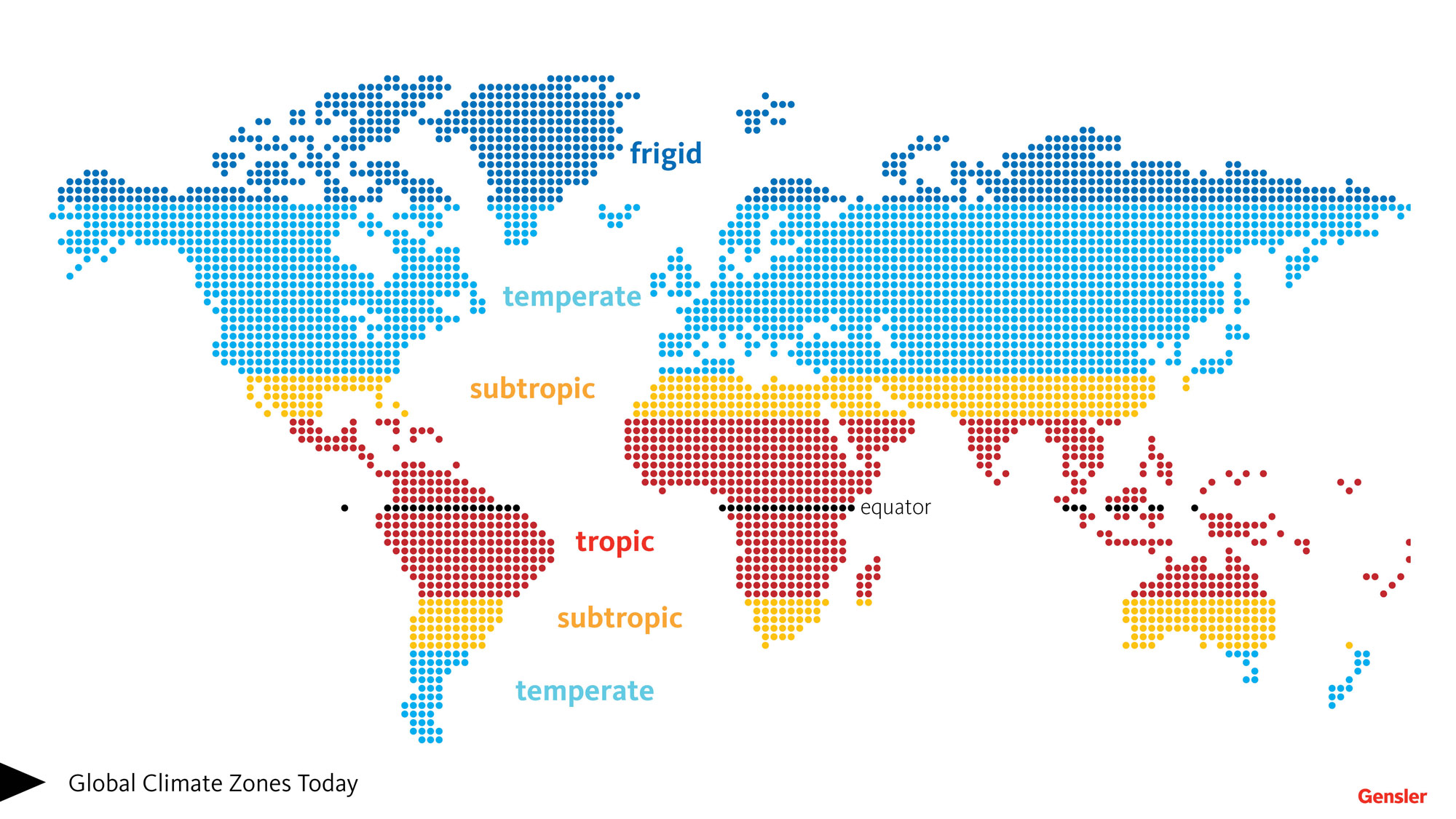
David Wallace-Wells, author of The Uninhabitable Earth: Life After Warming, cautions that we may be on a terrifying path toward eight or more degrees Celsius of warming—which has been described by some as “Dante’s Inferno made real.” Just half that amount of warming could facilitate a shift in global zones away from the equator, bringing us to a state that climate scientists are calling “half-earth,” a truly undesirable scenario where large portions of the globe become potentially uninhabitable.
A world altered to this state will struggle with a potential reduction in the availability of resources and be wracked by territorial disputes. Unfortunately, this would also give way to other changes, like the migration patterns of bats, mosquitos, and other living creatures who can potentially spread viruses and diseases like malaria to previously unaffected populations.
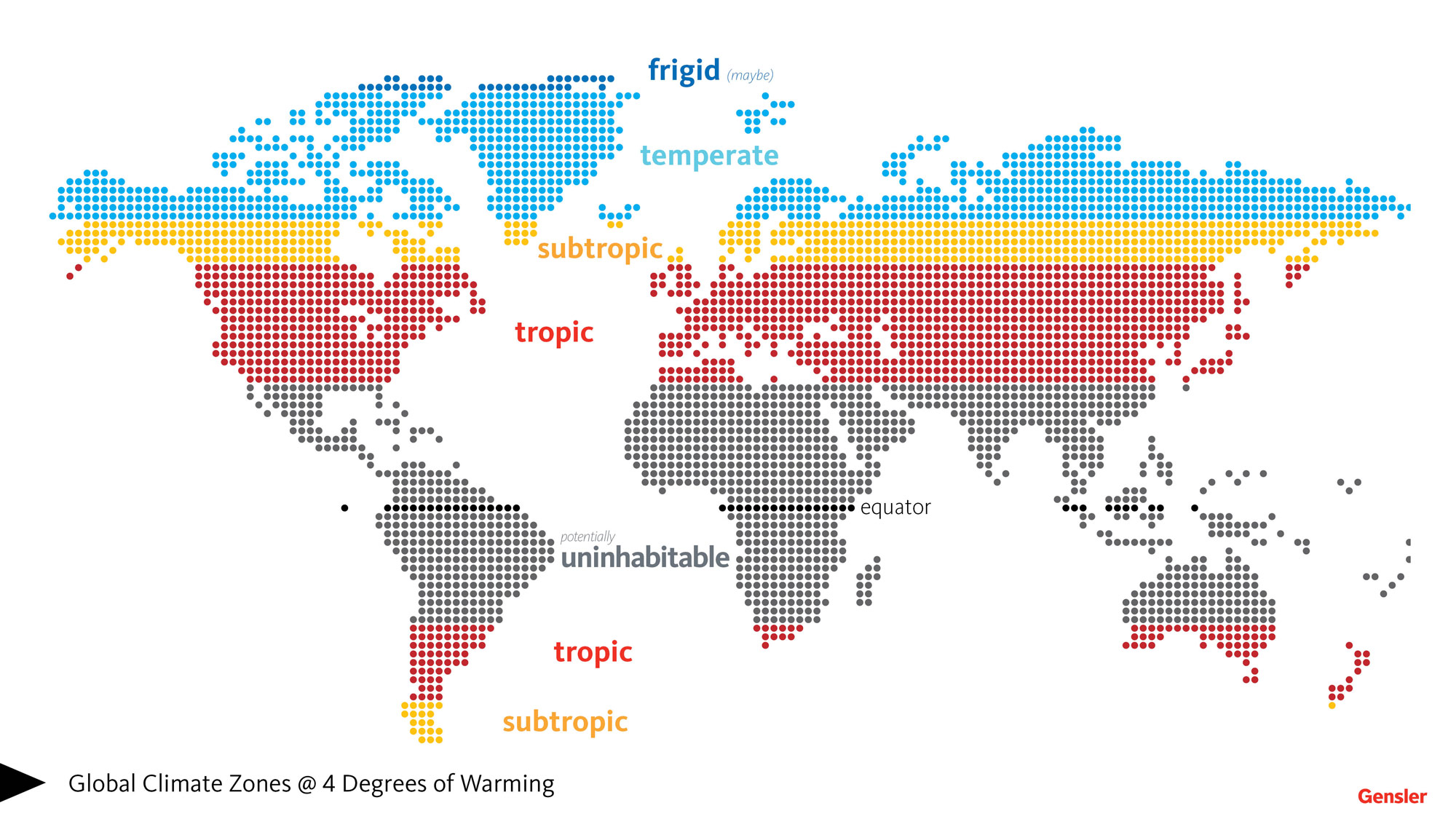
If there is one thing we should take away from the current global pandemic, it’s that these kinds of dire scenarios can get quickly out of hand if we do not act with urgency.
So, the time to act is now. (Or, depending on your point of view, it may be past that time.) But the current state of siege should serve as a reminder of the delicate balance we are together disrupting. There is, however, a way for the building sector to make substantial progress on the climate change front.
One of the most impactful and cost-effective strategies is the use of low-tech, passive, and analog solutions. For eons, such solutions have helped humankind live in harmony with nature. But they often go overlooked today.
Recently, people like Julia Watson, an urban designer and instructor at Harvard and Columbia, have championed the low-tech (or Lo-TEK, as Watson calls it) as a compelling alternative to mainstream thinking on design. In essence, the argument behind low-tech strategies calls for broadening the definition of technology. Here are just a few potential applications.
Dis-conditioningConditioning a building — heating, cooling, and regulating humidity — is one of the largest sources of a building’s energy consumption. Finding opportunities to shift program spaces outdoor — or even to covered, open-air, perimeter-adjacent areas — relieves the need to heat and cool these spaces. If shielded from the sun and wind appropriately, these spaces can be used throughout the year in certain climate zones. Other opportunities for non-conditioned spaces include moving elements like stairs to the exterior, which can create an opportunity for a sculptural element on the building facade.
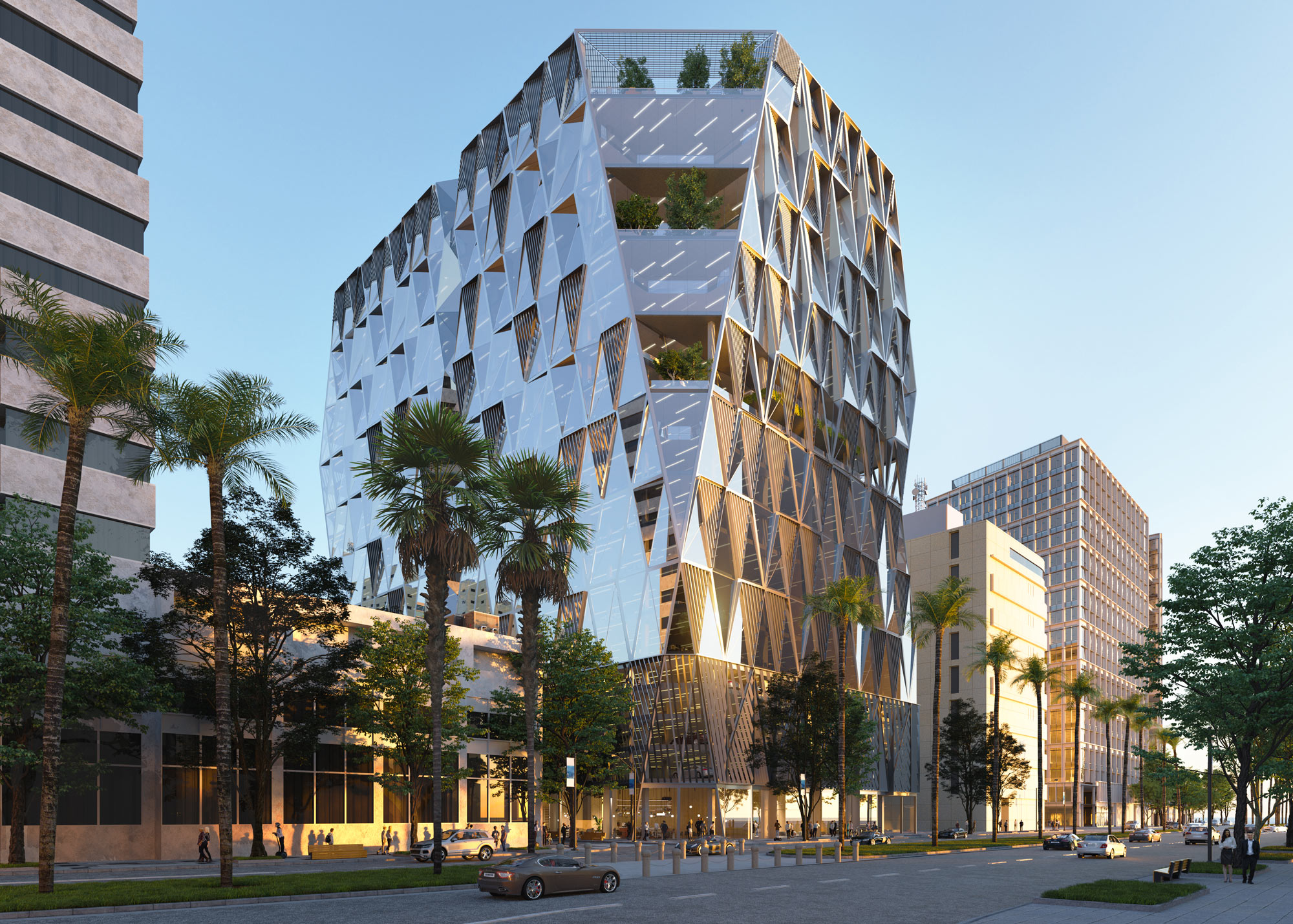
When you think about modern day office buildings, the image of a reflective glass tower ascending through the atmosphere comes to mind. The unobstructed views from within these spaces can be spectacular as the sun warms your face. Linger too long, though, and you may start to get overheated.
That heat energy is what high-performance glass is trying to reflect away from the building. Some glass performs better than others, but some residual heat load will always make it through. That heat needs to be offset, either through mechanical air conditioning or natural cooling ventilation. The fact is, once that heat passes through the building glass, we need to spend energy to maintain a comfortable environment. Embracing exterior shading as a design element can effectively reduce the size of the systems needed to maintain that environment.
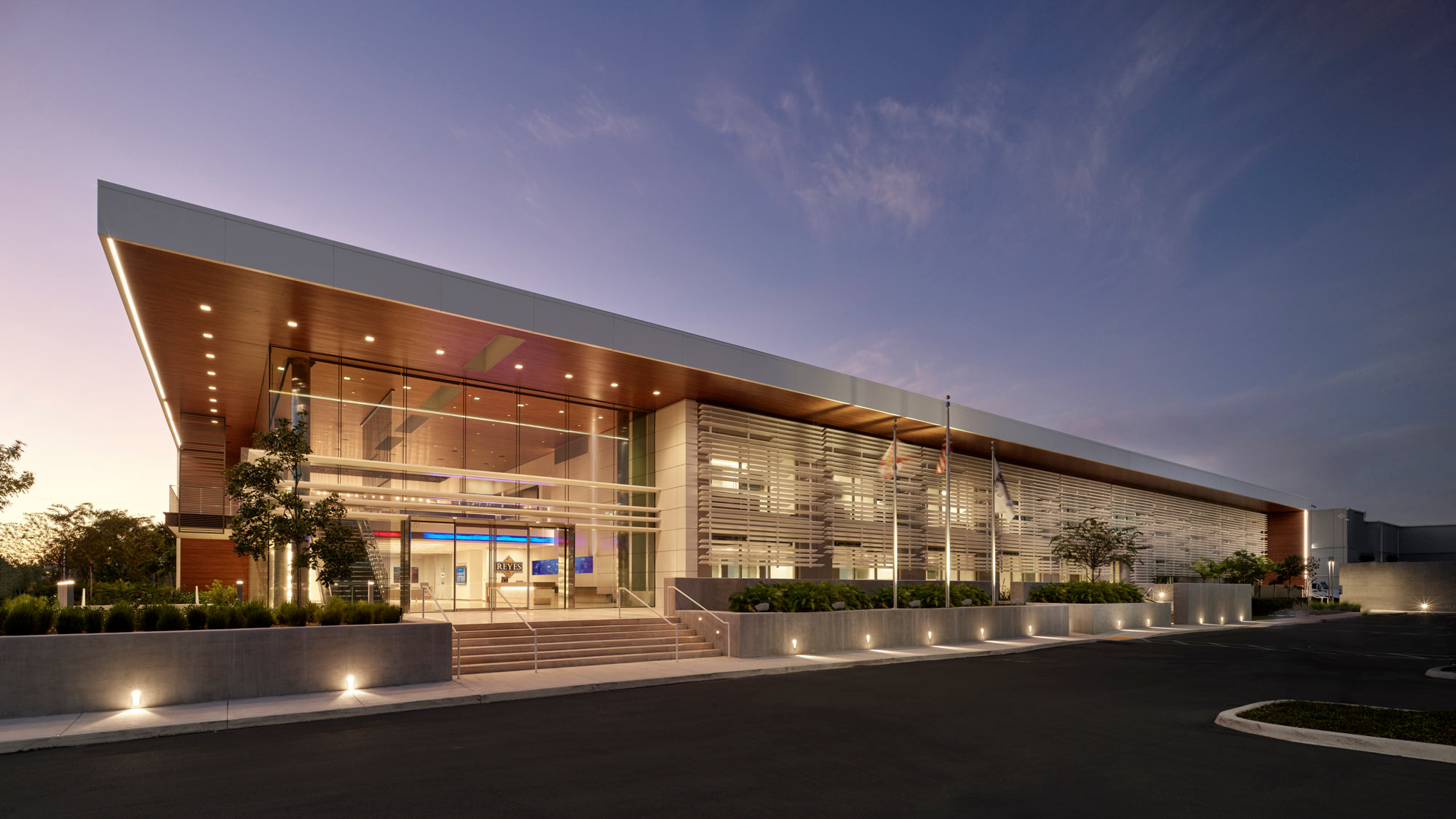
Introducing daylight into spaces is a great way to bring natural light indoors. In municipalities where daylight sensors are required, this can reduce the energy spent on indoor lighting significantly. This is probably one of the best examples of low- and high-tech working together. But with that light comes additional heat, so daylighting spaces is generally a delicate balance of conditions. Light shelves, which help to bring light deeper into a building, offer a passive means of supporting daylighting. Still, that reflected light brings reflected heat, and most of the materials that are good at absorbing heat outside the building are, as a result, poor light reflectors.
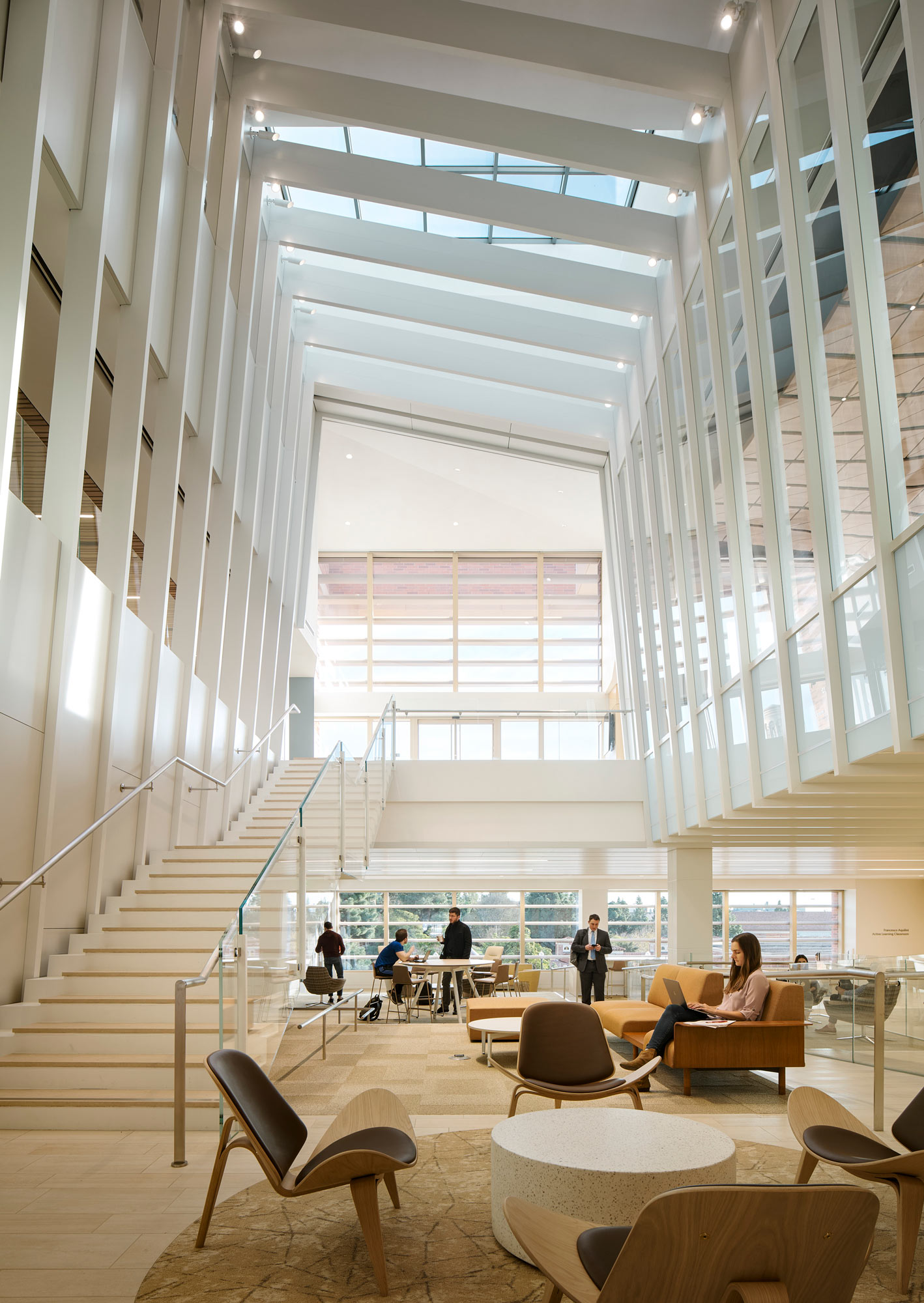
Building skins don’t have to be thought of as static. By introducing permeability, we can open up buildings to let in fresh air when conditions are right. A building can operate in a state of zero energy heating and cooling demand, generally throughout the shoulder seasons, for about one-third to half of the year, depending on the current climate zone. Architects still need to evaluate how the existing building stock will perform, should climate change start shifting climate zones in the coming years. But a shifting skin can theoretically make a transition like this easier.
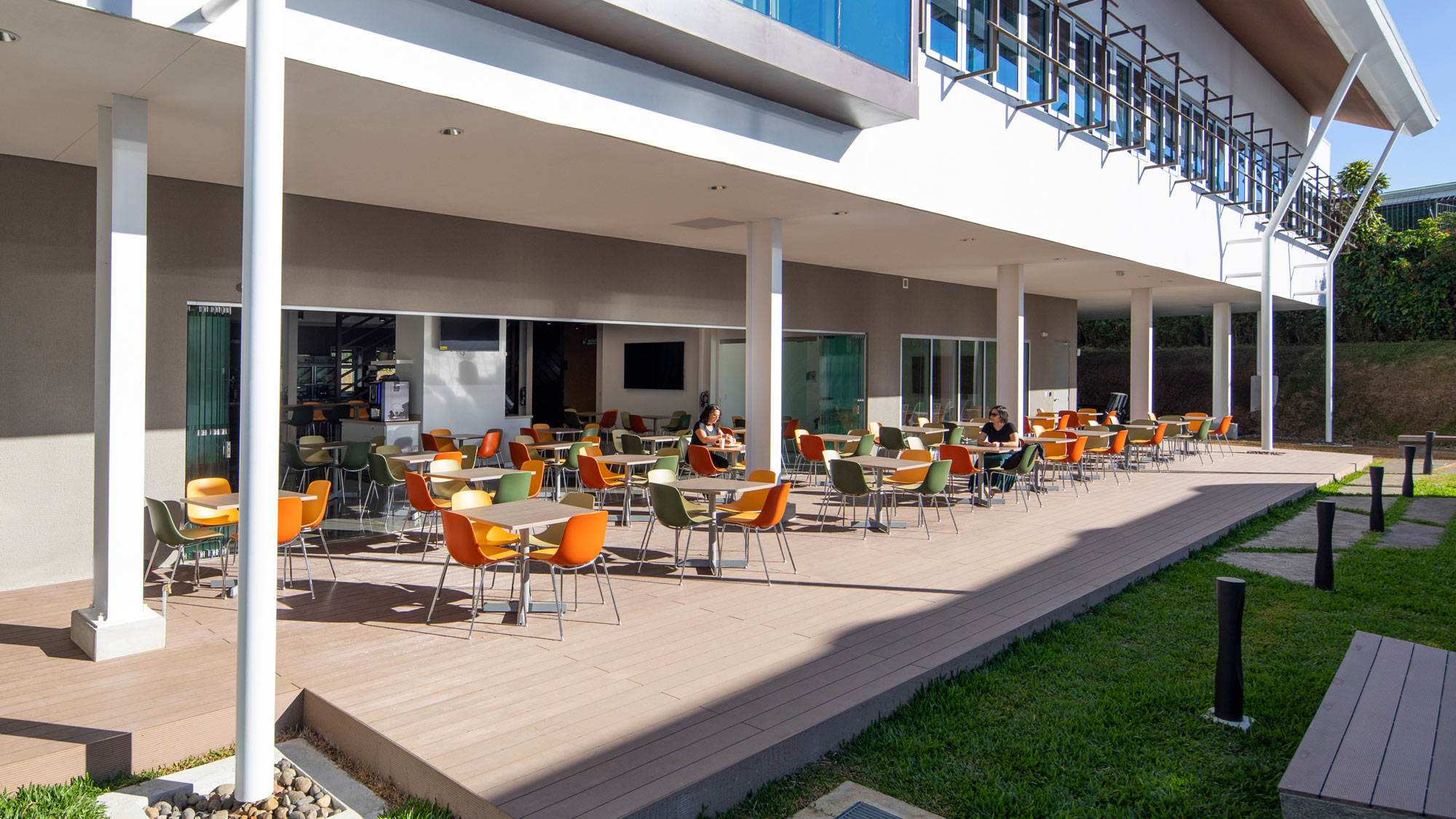
As much as these examples are about rethinking the possibilities of building technology, they’re also about rethinking our relationship to nature. It’s a change in mindset that will need to be built on the ideas of treading lighter upon the planet, fostering symbiosis with the natural world, and reassessing our priorities. In some ways, such a change in mindset is more difficult than designing exterior shading systems or permeable building facades. But our future may well depend on it.
For media inquiries, email .
